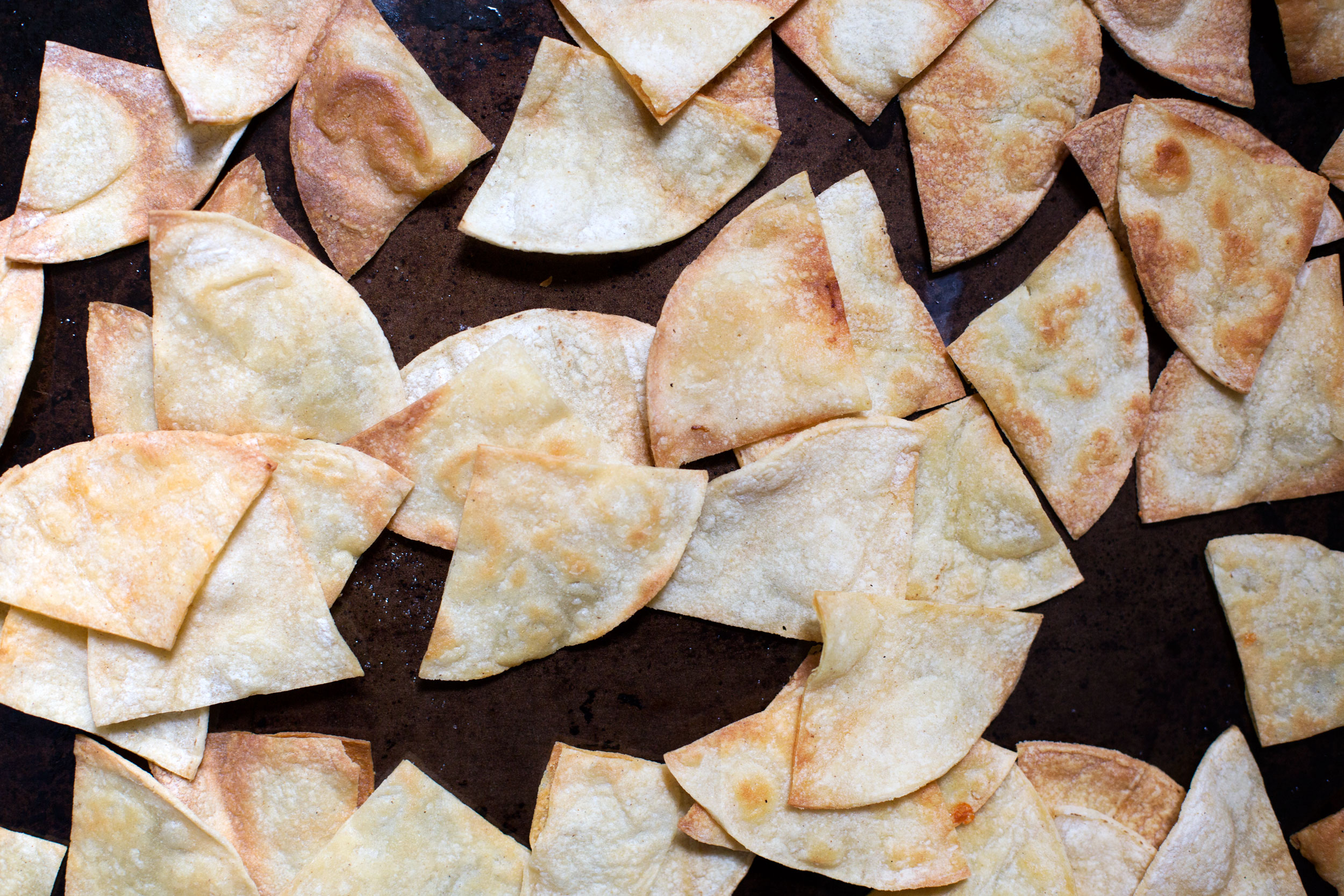Pesto is a thing of magic.
From the Italian “pestare”, or to crush, pesto starts out as 6 simple ingredients and turns into a bright, rich, savory sauce that can serve you on your culinary adventures in myriad ways. Pesto can be used, of course, on pasta, but also as a marinade for meat, in dressings, as the base for a delicious pizza, spread on to your favorite sandwich, on top of homemade hummus, or, as I love to do when I make my Pesto Meatballs, folded into ground beef.
Much like other sauces with minimal ingredients (Carbonara and Cacio e Pepe come to mind), the quality of each ingredient is of the utmost importance. For this reason, pesto is best when made from fresh basil (keep an eye out at your local farmer’s market). In North America, unfortunately this limits our pesto season to the warmer months, but making extra at the end of the summer and freezing it for year round enjoyment is always a great idea. If you grow it yourself or have access to fresh basil year round, even better. Just know that your pesto will taste best when the basil is at peak freshness and flavor. And let’s not forget that the quality of your olive oil and Parmigiano-Reggiano are equally as important. Don't skimp! These two ingredients give the pesto it’s richness; the olive oil being the glue that carries it all, and the cheese what gives pesto it’s deep umami flavor. Getting real-deal Parmigiano-Reggiano is a non-negotiable here.
Here’s where this recipe goes against the grain: instead of pine nuts, pistachios are used. Not only are pine nuts wildly expensive, I've found that they are just not the end all be all when it comes to making pesto. In the kitchen I always say, why not experiment? I once used pistachios when making my Vegan Roasted Red Pepper Pesto, simply because I didn't have pine nuts on hand, and the result was fantastic. Pistachios are rich and flavorful, and nothing makes them less capable of making an incredible pesto. In fact, they make a wonderful nutty alternative, and bring a whole new dynamic to this classic sauce. Once you have all your ingredients, it only takes 10 minutes or less to go to pesto heaven, so what are you waiting for?
Pistachio Pesto
Renders roughly 1 cup concentrated pesto
2 cups loosely packed fresh basil
1/4 cup high quality extra virgin olive oil
1 large clove fresh garlic, pressed or finely diced
1/4 tsp sea salt (can add salt after if need be)
1/2 cup shelled raw pistachios (unsalted)
1/4 cup loosely diced pieces of pargmigiano-reggiano
Optional: Juice of half a lemon
Unless pre-washed, wash basil and remove leaves from the large stems. If not using a garlic press for the garlic, you can finely dice your garlic or mash it up a bit in a mortar and pestle. Shave off chunks of parmigiano-reggiano from your larger block, loosely filling 1/4 cup. Then combine all ingredients except sea salt in a food processor (or blender) and blend, stopping occasionally to scrape down the sides.
Once the pesto is mostly smooth, but still retains some texture, add salt to taste. Depending how salty your parmigiano is, you may need either more or less than 1/4 tsp of sea salt. If you find you need more olive oil, add a little more olive oil and blend again. Love garlic? Add a second clove. Lemon is optional but adds a nice subtle tartness. When it's all done, go have fun and get creative! Your pesto will last in the fridge for at least a week, or you can freeze it for enjoyment later. To defrost, just let pesto sit at room temperature.





























